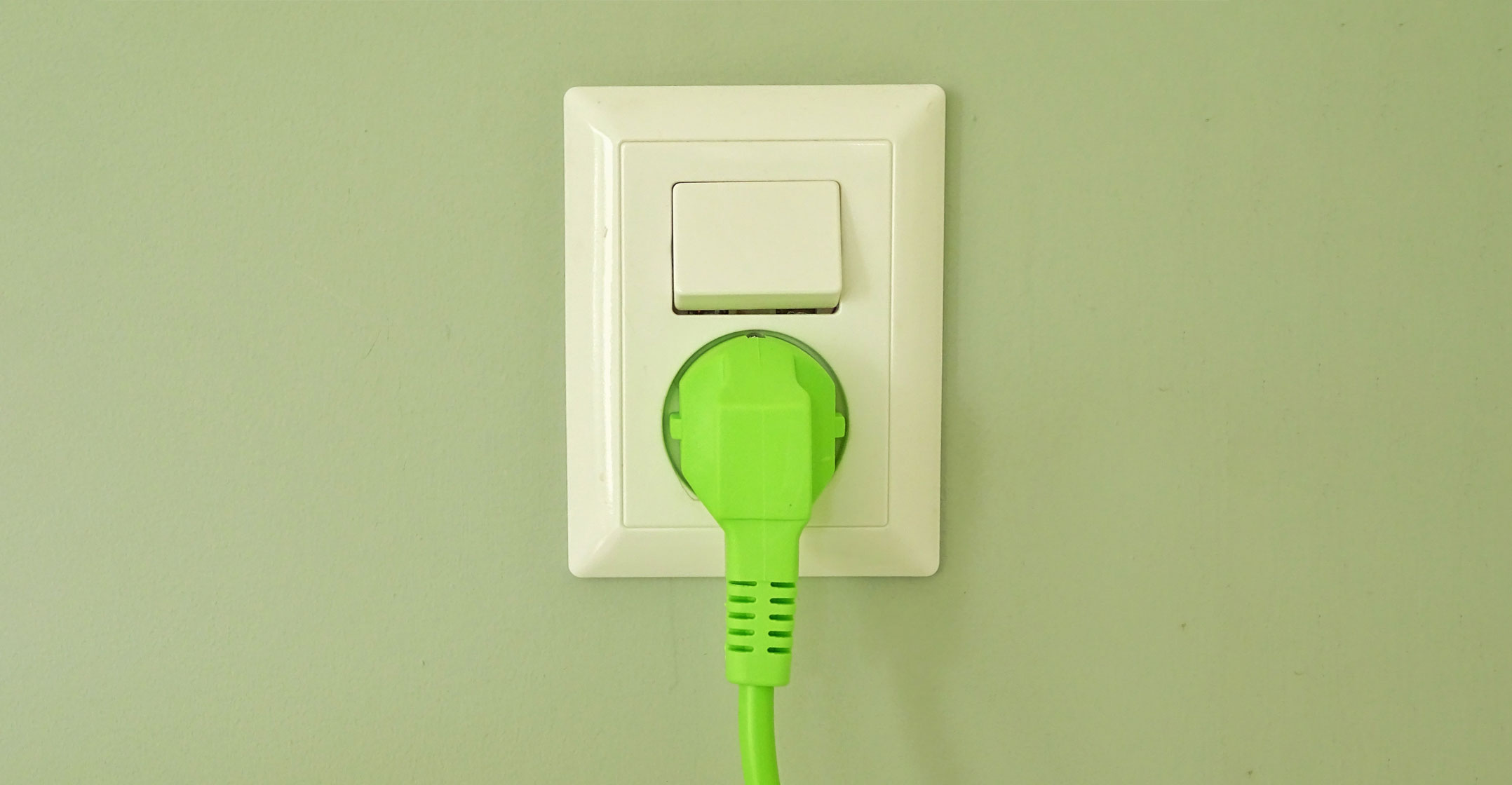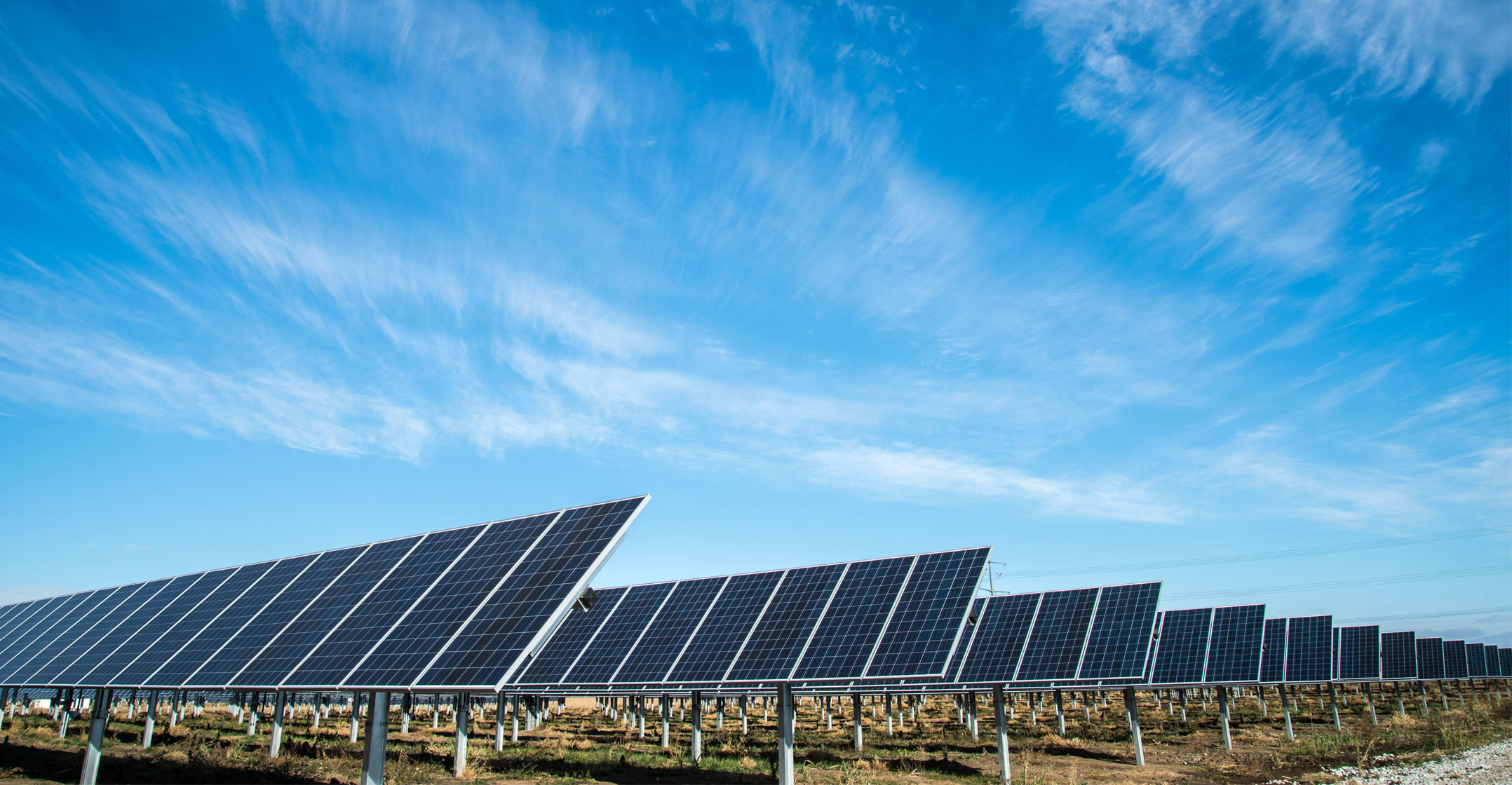 The world’s electricity grids are creaking under the pressure of volatile fossil-fuel prices and the imperative of weaning the world off polluting energy sources. A solution may be at hand, thanks to an innovative battery that’s a cheaper alternative to lithium-ion technology.
The world’s electricity grids are creaking under the pressure of volatile fossil-fuel prices and the imperative of weaning the world off polluting energy sources. A solution may be at hand, thanks to an innovative battery that’s a cheaper alternative to lithium-ion technology.
SB Energy, a Japanese renewable energy firm that’s an arm of SoftBank Group, is making a record purchase of the batteries manufactured by ESS. The Oregon, US company says it has new technology that can store renewable energy for longer and help overcome some of the reliability problems that have caused blackouts in California and record-high energy prices in Europe.
The units, which rely on something called “iron-flow chemistry”, will be used in utility-scale solar projects dotted across the US, allowing those power plants to provide electricity for hours after the sun sets. SB Energy will buy enough batteries over the next five years to power 50 000 American homes for a day.
“Long-duration energy storage, like this iron-flow battery, are key to adding more renewables to the grid,” said Venkat Viswanathan, a battery expert and associate professor of mechanical engineering at Carnegie Mellon University.
ESS was founded in 2011 by Craig Evans, now president, and Julia Song, the chief technology officer. They recognised that while lithium-ion batteries will play a key role in electrification of transport, longer duration grid-scale energy storage needed a different battery. That’s because while the price of lithium-ion batteries has declined 90% over the last decade, their ingredients, which sometimes include expensive metals such as cobalt and nickel, limit how low the price can fall.
Iron-salt and water
The deal for 2GWh of batteries is worth at least US$300-million, according to ESS. Rich Hossfeld, CEO of SB Energy, said the genius of the units lies in their simplicity. “The battery is made of iron-salt and water,” said Hossfeld. “Unlike lithium-ion batteries, iron flow batteries are really cheap to manufacture.”
Every battery has four components: two electrodes between which charged particles shuffle as the battery is charged and discharged, electrolyte that allows the particles to flow smoothly and a separator that prevents the two electrodes from forming a short circuit.
Flow batteries, however, look nothing like the battery inside smartphones or electric cars. That’s because the electrolyte needs to be physically moved using pumps as the battery charges or discharges. That makes these batteries large, with ESS’s main product sold inside a shipping container.
Lithium-ion batteries for grid-scale storage can cost as much as $350/kWh. But ESS says its battery could cost $200/kWh or less by 2025
What they take up in space, they can make up in cost. Lithium-ion batteries for grid-scale storage can cost as much as $350/kWh. But ESS says its battery could cost $200/kWh or less by 2025.
Crucially, adding storage capacity to cover longer interruptions at a solar or wind plant may not require purchasing an entirely new battery. Flow batteries require only extra electrolyte, which in ESS’s case can cost as little as $20/kWh.
“This is a big, big deal,” said Eric Toone, science lead at Breakthrough Energy Ventures, which has invested in ESS. “We’ve been talking about flow batteries forever and ever and now it’s actually happening.”
 Nasa built a flow battery as early as 1980. Because these batteries used water, they presented a much safer option for space applications than lithium-ion batteries developed around that time, which were infamous for catching fire. Hossfeld says he’s been able to get permits for ESS batteries, even in wildfire-prone California, that wouldn’t have been given to lithium-ion versions.
Nasa built a flow battery as early as 1980. Because these batteries used water, they presented a much safer option for space applications than lithium-ion batteries developed around that time, which were infamous for catching fire. Hossfeld says he’s been able to get permits for ESS batteries, even in wildfire-prone California, that wouldn’t have been given to lithium-ion versions.
Still, there was a problem with iron flow batteries. During charging, the battery can produce a small amount of hydrogen, which is a symptom of reactions that, left unchecked, shorten the battery’s life. ESS’s main innovation, said Song, was a way of keeping any hydrogen produced within the system and thus hugely extending its life.
“As soon as you close the loop on hydrogen, you suddenly turn a lab prototype into a commercially viable battery option,” said Viswanathan. ESS’s iron-flow battery can endure more than 20 years of daily use without losing much performance, said Hossfeld.
Promising first step
At the company’s factory near Portland, yellow robots cover plastic sheets with chemicals and glue them together to form the battery cores. Inside the shipping containers, vats full of electrolyte feed into each electrode through pumps — allowing the battery to do its job of absorbing renewable power when the sun shines and releasing it when it gets dark.
It’s a promising first step. ESS’s battery is a cheap solution that can currently provide about 12 hours of storage, but utilities will eventually need batteries that can last much longer as more renewables are added to the grid. Earlier this month, for example, the lack of storage contributed to a record spike in power prices across the UK when wind speeds remained low for weeks. Start-ups such as Form Energy are also using iron, an abundant and cheap material, to build newer forms of batteries that could beat ESS on price.
Bringing new batteries to market is notoriously difficult and the sector is littered with failed start-ups
So far, ESS has commercially deployed 8MWh of iron flow batteries. Last week, after a six-month evaluation, Spanish utility Enel Green Power signed a single deal for ESS to build an equivalent amount. SB Energy’s Hossfeld, who also sits on ESS’s board, said the company would likely buy still more battery capacity from ESS in the next five years.
Even as its order books fill up, ESS faces a challenging road ahead. Bringing new batteries to market is notoriously difficult and the sector is littered with failed start-ups. Crucially, lithium-ion technology got a head-start and customers are more familiar with its pros and cons. ESS will have to prove that its batteries can meet the rigorous demands of power plant operators.
The new order should help ESS as it looks to go public within weeks through a special-purpose acquisition company at a valuation of $1.07-billion. The listing will net the company $465-million, which it plans to use to scale up its operations. — Reported by Akshat Rathi, (c) 2021 Bloomberg LP

